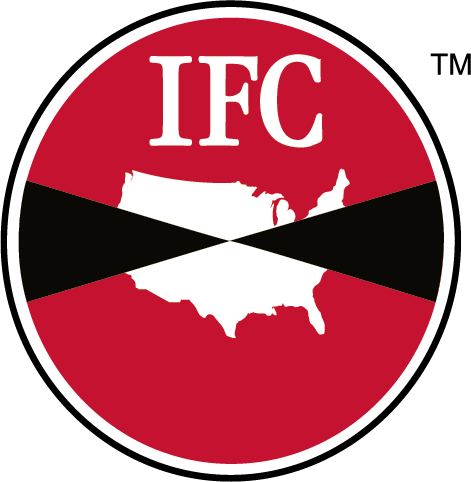Flies are an obvious potential detriment in the food manufacturing and processing world. Not only are they annoying—they’re also plain disgusting. With six legs and only two wings, flies land often to take rest breaks, and they can leave behind a great deal of bacteria every time.
With that said, it’s obvious that having these airborne nuisances anywhere near your products raises major concerns for you, your customers and your employees. From food contamination to failed audits, the list of problems flies present isn’t a short one. That’s why it’s important to understand the different types of flies and the threats they pose to your business.
LARGE FLIES VS. SMALL FLIES

There are two primary types of flies: large and small. Both can threaten your operations, but each does so in different ways.
Some of the most common small flies are fruit flies, phorid flies and drain flies. If these flies are present, it usually means they’re living and breeding inside the facility—which also likely means you have an underlying sanitation deficiency.
On the other hand, large flies—the most common of which include house flies and blow flies—are usually invaders from somewhere outside the facility. They can sneak in through open doors and are especially prevalent near livestock facilities and places where moist organic material is abundant (including garbage and composted plant material). These flies are also capable of migrating miles to bask in the appealing environment of your facility.
For both large and small flies, attraction to a facility may be related to odors, filth around the exterior or simply the structure that offers shelter, warm air exhaust and favorable protection from the elements.
READING THE SIGNS

Within the brisk hum of day-to-day operations, a fly problem may not be immediately apparent. It is important, however, to actively look for the signs of a burgeoning issue. Early awareness and intervention are key factors in helping prevent a small fly introduction from becoming an off-the-rails infestation.
Indicators that flies are setting up shop in your building include:
- An observable spike in fly sightings or fly trap captures throughout the facility.
- Fly trap captures deep within the facility or in a part of the building away from normal entrances.
The main takeaway here is that it’s a problem when any fly activity—small-scale or large-scale—becomes noticeable indoors or out.
DEFENSE & PREVENTION

The good news is, fly sightings can be preemptively stopped with proper prevention measures. For all types of flies, this means practicing proper exclusion: keeping doors closed and ensuring sanitation both indoors and out.
In addition, a particularly useful method for keeping large flies out is to install insect light traps (ILTs). These ILTs are designed for large flies first and foremost, although they have value for trapping many other insects as well. ILTs routinely capture pests that may not have been observed or detected otherwise.
Prevention and exclusion will of course look different at every facility. It’s best to consult with a pest management provider to assess your building’s unique situation and provide a comprehensive plan suited for your needs.
TREATMENT METHODS

Sanitation by itself has limits, so pesticide, bait and/or efficient methods to decrease outdoor fly pressure may need to be explored. Granular baits for large flies can be scattered on the ground or used in different kinds of fly bait stations to attract and eliminate flies. In addition, spray solutions can be applied to many surfaces where flies roost or near building openings.
One newer method is bioremediation, which uses probiotic cleaning materials to deal with spillage and organic material buildup on surfaces. These treatments involve spraying areas with a foaming solution that will digest organic materials and leave the area fresh-smelling and no longer attractive to flies.
THE BOTTOM LINE
When it comes to keeping your food manufacturing or processing facility in top shape and audit-ready year- round, flies simply cannot be overlooked. With a pest management provider to help identify small fly species and breeding grounds, determine appropriate control methods and help eliminate your pest population, your facility will be better protected. That means you can get back to doing what you do best—running an effective operation and producing products that meet the standards of your customers.


